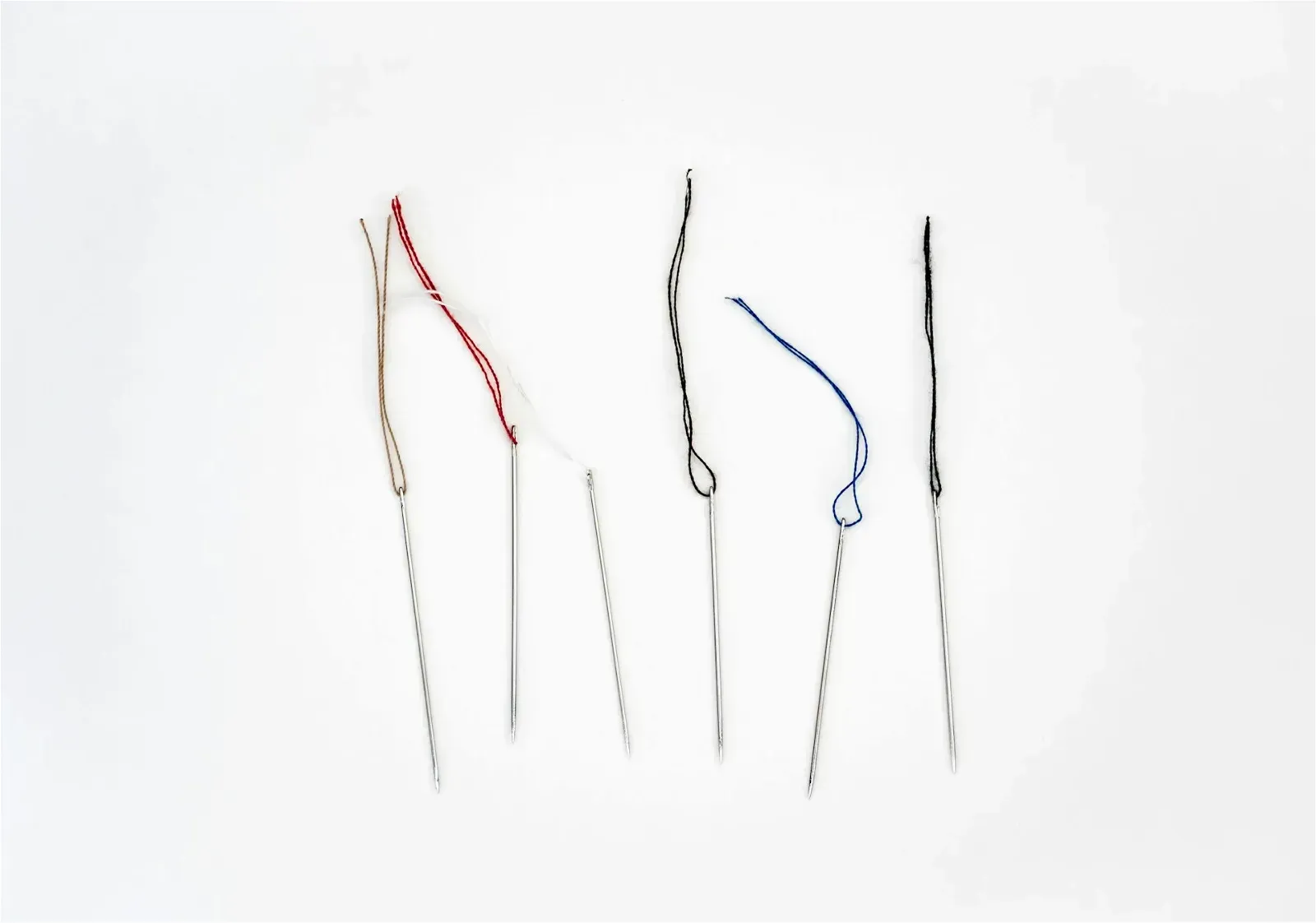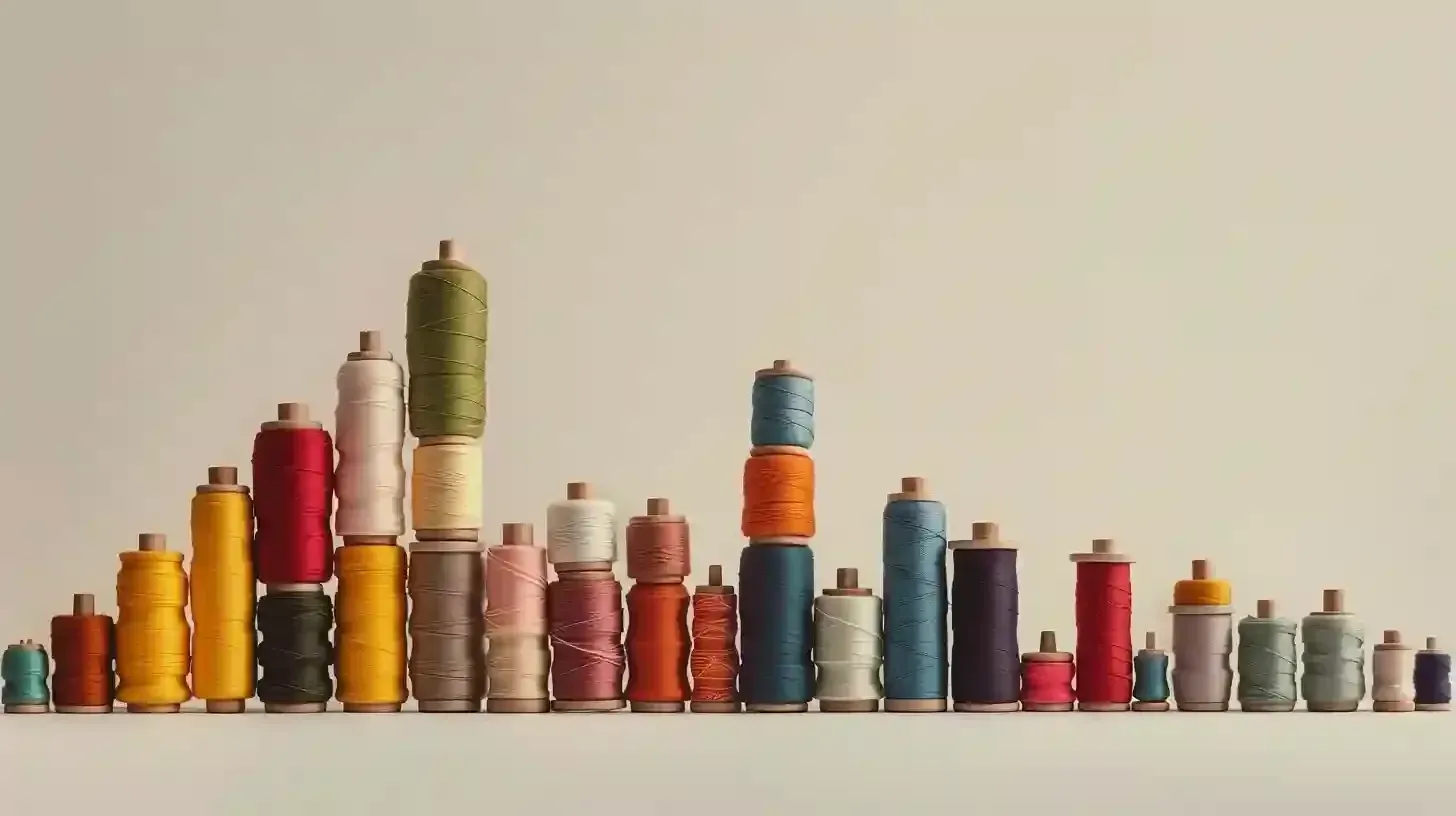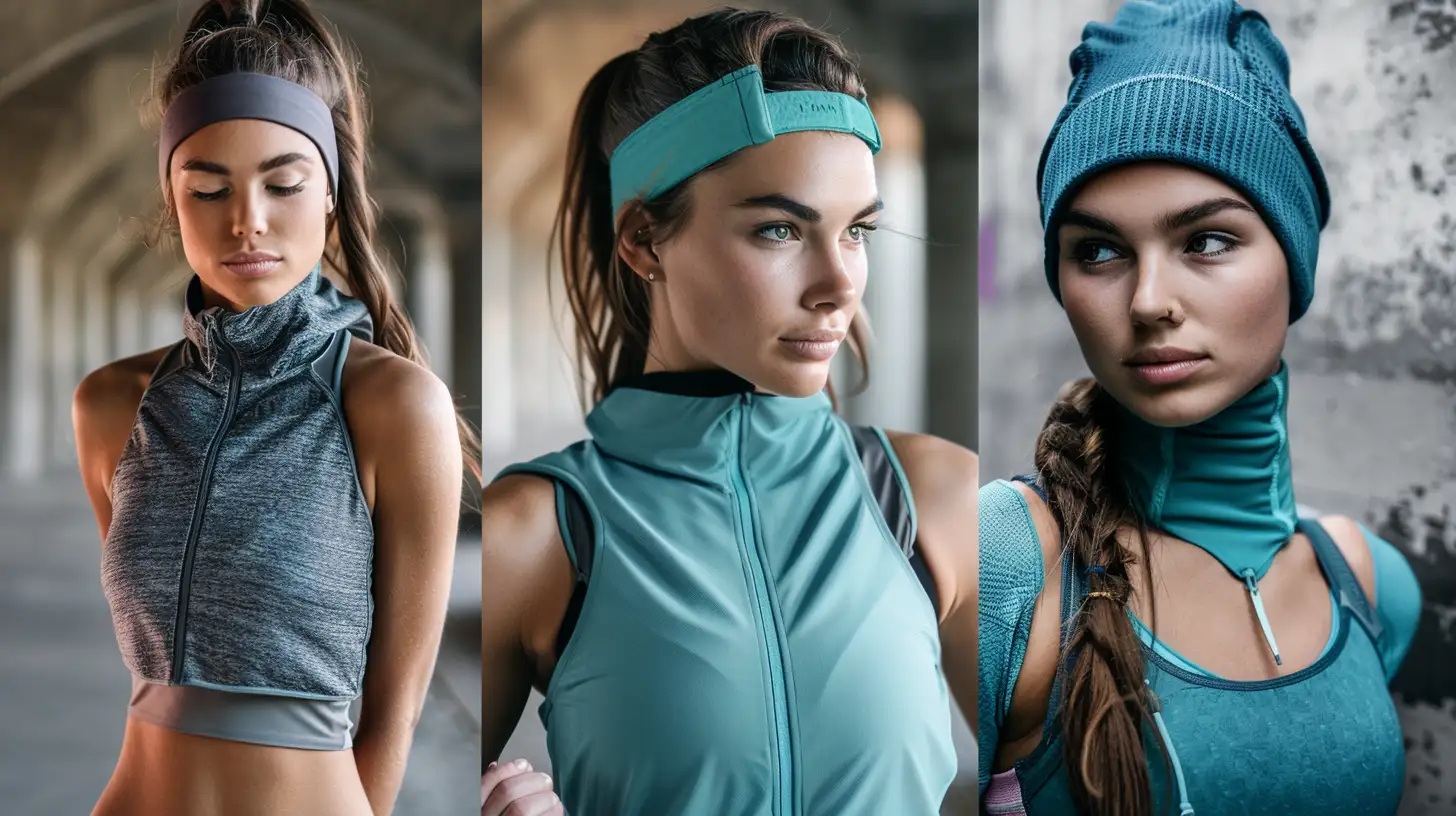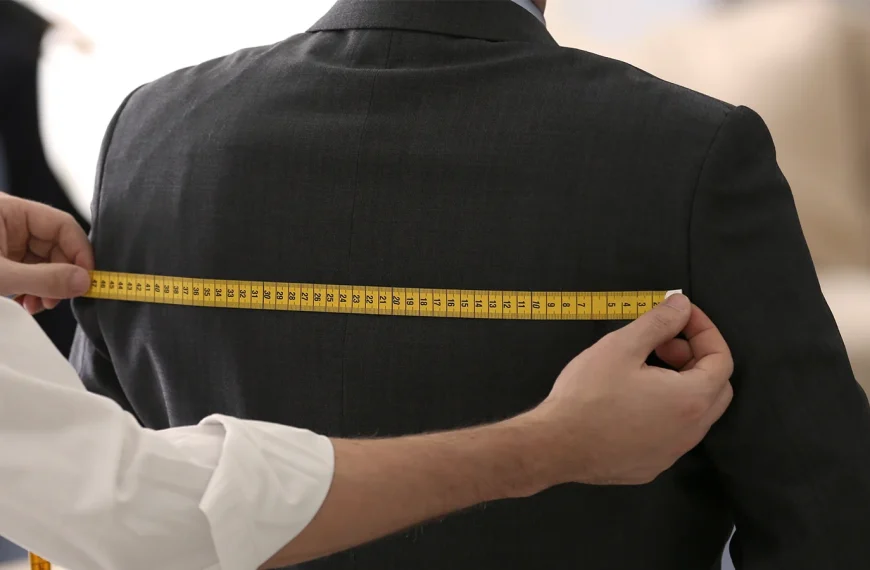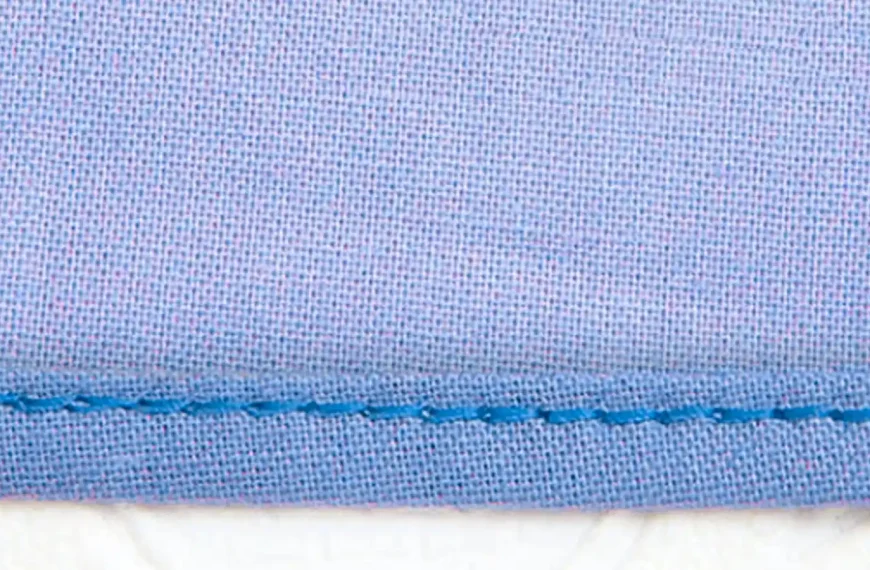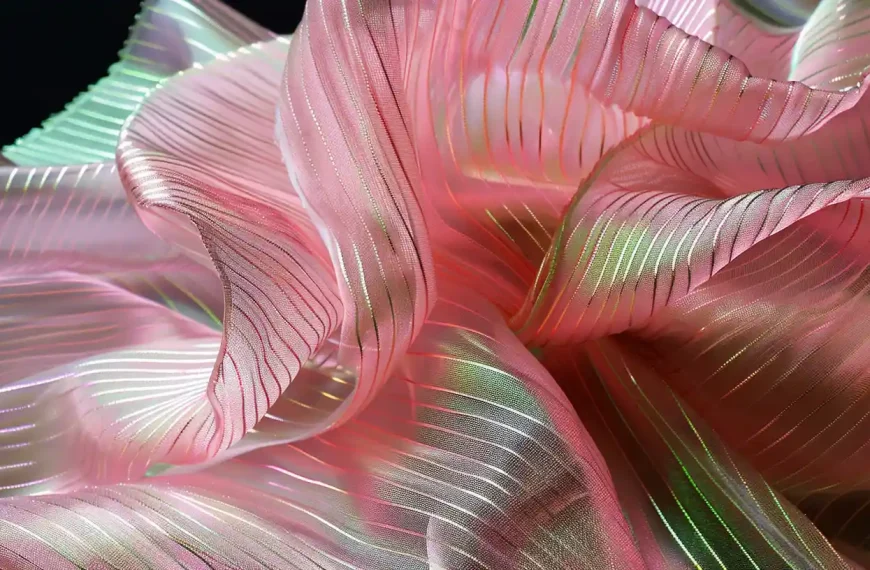Sewing by hand can be confusing if you don’t know about needle sizes. You’ve probably noticed that needles come in an array of sizes, but have you ever stopped to wonder why?
The needle size you choose can have a big impact on your stitching, from how easily it goes through your fabric to the strength of your seams. So, what happens when you pair the wrong needle size with thread? Let’s just say it’s a thread you may not want to pull.
Key Takeaways
-
There are different needle sizes. The length and thickness of the shank play a crucial role in determining the grip and control when it comes to sewing tasks.
-
The eye size of needles also varies, affecting the threading capacity and stitching quality.
-
Different needle types like sharps, darners and embroidery are designed for specific fabric types and sewing techniques.
-
Specialized needle types such as leather and doll needles come in different sizes for specific tasks and materials.
Structure of a Hand Sewing Needle

Let’s consider the point of a hand sewing needle, a critical aspect of its structure. Sharp points work best for woven fabrics, while blunt points are better for knits. Understanding this feature well can improve your sewing accuracy and avoid damaging your materials.
Eye
The eye of a hand sewing needle is a crucial part through which the thread must pass for stitching to be successful. The size and shape of the eye varies depending upon the needle type and its intended use.
Needles with larger sizes generally feature larger eye openings. It is designed to accommodate thicker threads for your hand stitching projects. The shape of the eye also plays a crucial role, affecting the smooth passage of the thread during sewing.
Therefore, proper threading through the eye is a vital skill to master. Understanding how the eye’s size, shape, and threading techniques are related can greatly improve your stitching experience.
Shank
Transitioning from the eye to the body of the hand sewing needle, you’ll find the shank – a crucial part that connects the eye to the point. The shank, essentially the hand sewing needle’s backbone, becomes your grip when sewing. Its length and thickness can vary significantly depending on the needle type and size.
Remember, a well-constructed shank must balance sturdiness and flexibility. The shank needs to be able to withstand pressure while still enabling seamless stitching. Proper handling of the shank ensures comfortable and efficient use of the needle.
Let’s break down some key features:
-
The shank serves as the needle’s body, linking the eye and point.
-
Its length and thickness can vary, affecting your grip and control.
-
Proper handling of the shank enhances your overall sewing experience.
Point
The tip of a hand sewing needle is an important part that touches your fabric. This sharp or blunt tip determines the quality of your precise stitching. The sharp point easily pierces through woven fabric, creating precise and tidy stitches. On the other hand, a blunt point is perfect for handling delicate fabrics. It can prevent snags or damage, maintaining the fabric’s integrity.
The needle point is versatile and suitable for sewing a wide range of fabrics, from fragile silk to sturdy denim. Choosing the right point is essential to achieve smooth and precise sewing results. Understanding the contrast between sharp and blunt points improves your sewing results.
Common Types of Hand Sewing Needles

Let’s start with an exploration of the common types of needles and their sizes. There are different types of needles in sewing: Sharps, Darners, Embroidery and Quilting Needles. Understanding these types and their uses will enhance your sewing experience and results.
Sharps
Sharps are versatile hand sewing needles with a sharp point and a round eye. They are general-purpose sewing needles. They come in sizes ranging from 1 to 12. Their versatility makes them a go-to for many sewing projects.
When working with medium to heavy fabrics, sharps are your ideal companion. Sizes 2-4, with their sharp points and round eyes, will ensure smooth penetration and prevent fabric damage. Remember, the larger the fabric’s weight, the smaller the needle size you’ll need. For precise hand sewing tasks, smaller sizes like 10 and 11 are recommended. Their sharp points and smaller eyes make them perfect for detailed work.
In summary, consider:
-
Suitable for medium to heavy fabrics in sizes 2-4
-
Ideal for precise hand sewing with smaller sizes
Darners
Darners are a type of long needle that are great for mending woven fabrics and working with thicker threads. Darning needles, with sizes from 5/0 to 9, are perfect for tacking and are very versatile compared to other types.
Here’s a quick reference table to help you understand more:
|
Needle Size |
Ideal Use |
|
5/0 |
Darning with thicker threads |
|
1 – 4 |
Mending with yarn or cotton |
|
5 – 9 |
Tacking and versatile sewing tasks |
Darners are specialized tools for mending and tacking, offering a reliable and durable option for sewing. Choosing the right size enhances your stitching precision and overall project outcome.
Ballpoint
Let’s now talk about ballpoint needles. They are known for their rounded tips which prevent snagging or splitting knit fabrics while sewing. As a seamstress, you’ll find these needles particularly useful when working with stretch fabrics such as jersey, spandex, and Lycra.
The needle size is also crucial, with sizes ranging from 5 to 10. Remember, the larger the needle size, the thicker the needle, allowing for sewing on finer fabrics.
Consider these key points:
-
The ballpoint needle’s rounded tip is designed to prevent snagging of knit fabrics.
-
They’re ideal for use on stretch fabrics.
-
The needle size will determine the thickness of the fabric you can sew without causing damage.
Using the right needle ensures a smooth sewing experience and a professional finish.
Embroidery or Crewel
Embroidery needles are often used for hand embroidery projects. They have a medium-sized eye and a sharp point, which make them suitable for thicker threads.
Needles for hand embroidery come in a variety of sizes, usually ranging from 1 to 12. The size of the needle determines how well it works with different embroidery techniques. The crewel needle features a sharply tapered point and a comfortably wide eye. So it is perfect for working with thicker threads and providing smooth stitching.
Choosing the correct needle is important for getting precise and professional results in your sewing project.
Quilting Needles or Betweens
Let’s talk about quilting needles, also called Betweens. Quilting needles are shorter, allowing for precision in detailed work. The sizes typically range from 1 to 12, with smaller numbers indicating larger needles.
Here are some noteworthy aspects of Betweens:
-
They’re equipped with sharp points, crucial for precision stitching.
-
They feature a round eye, making threading easier.
-
They’re perfect for intricate quilting patterns and cross stitching projects.
The right needle is essential for ensuring seamless hand sewing and preventing any potential fabric damage. Master this, and you’ll enhance both your sewing process and the final outcome.
Uncommon Hand Sewing Needles

You probably know about common needle types, but there are also lesser-known ones that can enhance your sewing projects. For instance, there are milliners, chenille, and tapestry needles, each having different sizes and uses. Let’s learn about rare hand sewing needles to improve your sewing abilities.
Milliners
When you explore unusual hand sewing needle sizes, you’ll find Milliner needles, also known as straws. They are well-known for being longer and great for tasks like pleating and decorative work. These needles, with their slender shafts and round eyes, provide the precision that you need for intricate manual sewing projects.
They come in sizes 5 to 10, giving you a range that caters to different fabric weights and stitch types. These needles are especially useful for making costumes, offering great versatility for creative and decorative tasks.
To sum it up:
-
Milliner’s needles are longer, making them perfect for specialized tasks. These needles are also used for hat making.
-
They feature a slender shaft and round eye, suitable for precision sewing.
-
Available in sizes 5 to 10, they cater to a variety of fabric weights and stitches.
Chenille
Chenille needles are the best for ribbon embroidery. These needles have a large eye and sharp point. So it is perfect for breezing through fabrics like wool or canvas. They come in sizes ranging from 13 to 28, with the larger sizes designed to accommodate your thicker threads.
These needles are ideal for creating textured stitches. It adds a unique dimension to your hand embroidery designs. When selecting a Chenille needle size, consider the thickness of your fabric and the desired effect of the embroidery. Using the correct needle size improves the quality of your embroidery by matching well with your thread and fabric.
Tapestry Needles
Tapestry needles are great for loose-weave fabrics and hand knits because they have a large, blunt point. This extraordinary feature effectively prevents unintended splitting of yarn fibers. Tapestry needles come in various sizes, typically ranging from 13 to 28, with higher numbers indicating finer needles.
Key aspects of tapestry needles include:
-
Their big eyes can hold multiple strands of embroidery floss or thicker threads.
-
They’re ideal for cross-stitch, needlepoint, and embroidery.
-
Having different sizes gives you the option to choose the right tool for your project needs.
Special Types of Needle Sizes

Let’s focus on special types of needles like upholstery, beading, leather, and doll needles. Each needle has different sizes and features for specific uses.
Upholstery
When working on upholstery projects, you can use specialized upholstery needles. They are thicker and longer than standard needles. These sturdier needles can handle the demands of your heavy-duty projects. These needles have larger eyes to accommodate heavy threads used in upholstery work. So they are essential for repairing furniture or sewing cushions.
Here’s a quick rundown of the basic facts:
-
Upholstery needles are thicker and longer than standard sewing needles. They are designed for heavy-duty fabrics.
-
These needles typically range in size from 3 to 12, with larger numbers indicating thicker needles.
-
The larger eye for upholstery needles allows for easy threading of heavy-duty threads.
Beading
Beading needles are crucial for detailed and embellished designs with beads, sequins, and pearls. These needles come in sizes 10, 11, and 12. They are very thin and allow for precise work with beads of different sizes. With smaller numbers indicating finer needles, the size you select directly influences the intricacy of your bead work. Their fine point easily passes through small beads, allowing for precise placement and intricate bead work.
Leather
Leather needles are essential for cutting tough materials like leather and vinyl. These needles are available in different sizes. This allows for clean punctures, ensuring smooth stitching and a professional finish.
Here’s a quick rundown of the role and importance of leather needles:
-
The triangular point of leather needles ensures clean punctures, preventing damage to the leather.
-
Leather needles come in different sizes to match the needle with the leather thickness.
Doll
The use of doll needles is indispensable when it comes to crafting fabric dolls. They have a thin design and sharp points that make stitching more precise. These specialized needles are smaller and finer than their counterparts. They are perfect for small-scale projects and detailed work.
The fine point of a doll needle enables you to work with precision on miniature fabrics and delicate materials. Doll needles are ideal for creating intricate doll clothing and small-scale accessories. They provide the precision required for detailed work and precise stitching on small seams.
Conclusion
Mastering hand sewing needle knowledge is crucial for achieving perfect stitching results. It’s not just about getting the job done, but doing it with precision and finesse.
Choosing the best hand sewing needle can improve your sewing and make your finished product better. No matter what type of needles you use, remember that the size is important. So, don’t overlook this crucial aspect. Hope you can start a happy sewing journey!
Learn more sewing tips on Longan Craft Blog! Dive into the fabric world with Longancraft!

